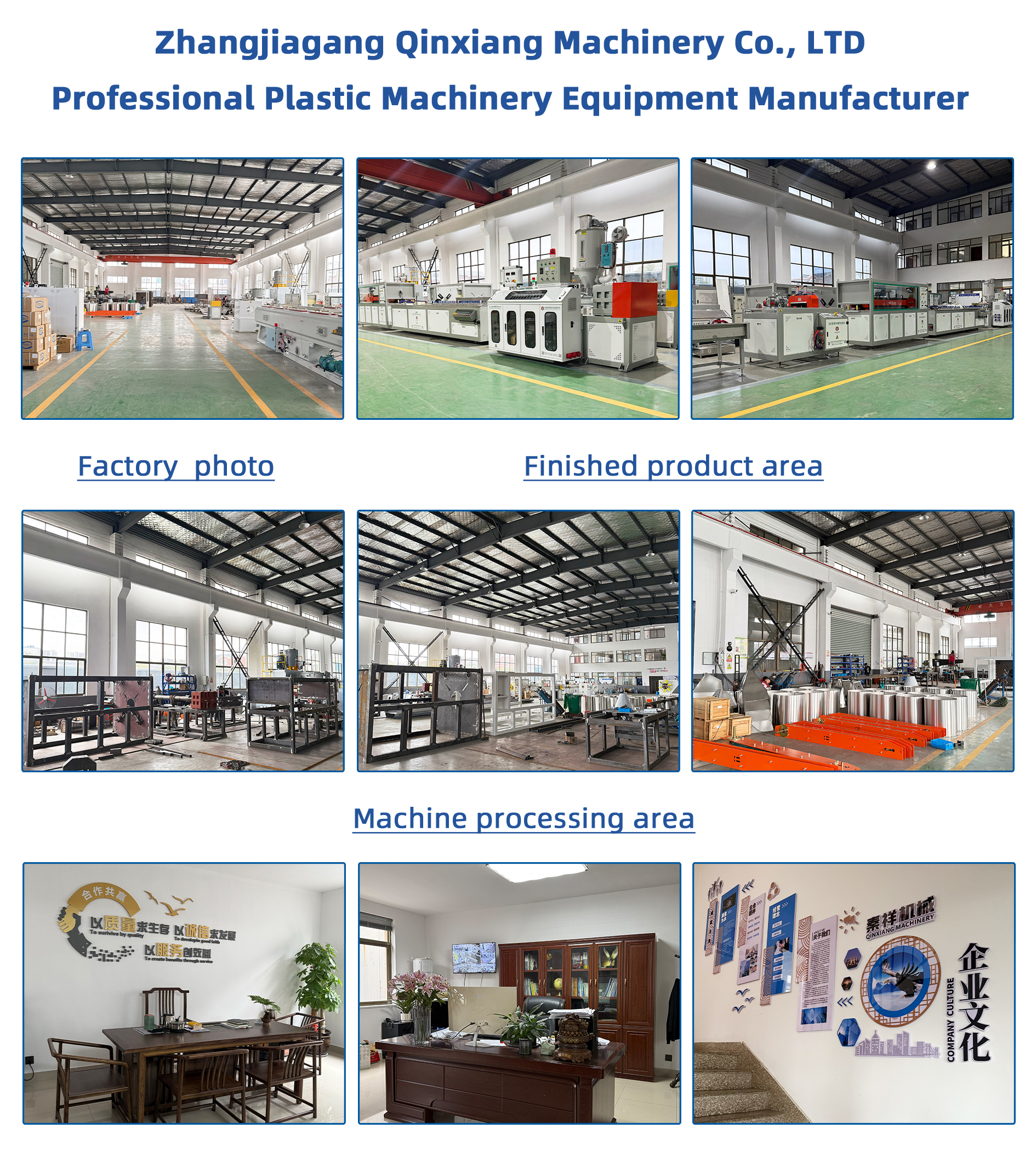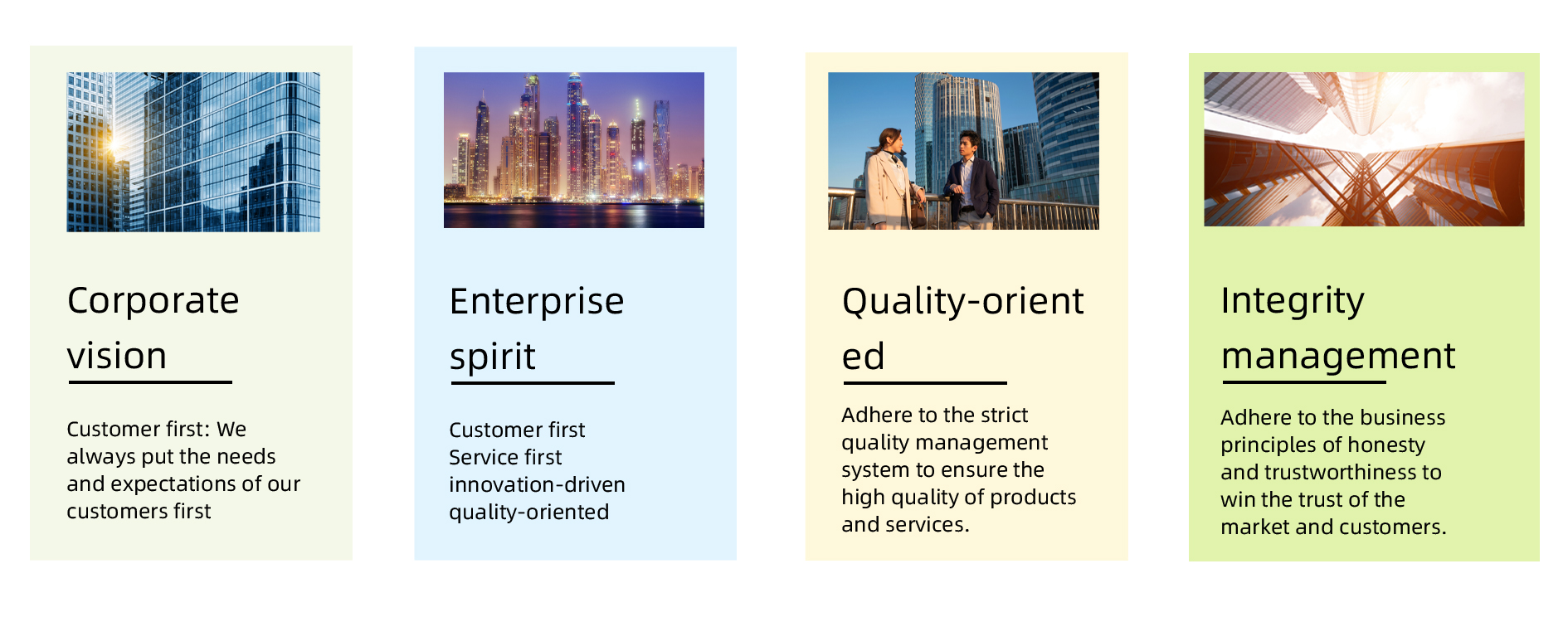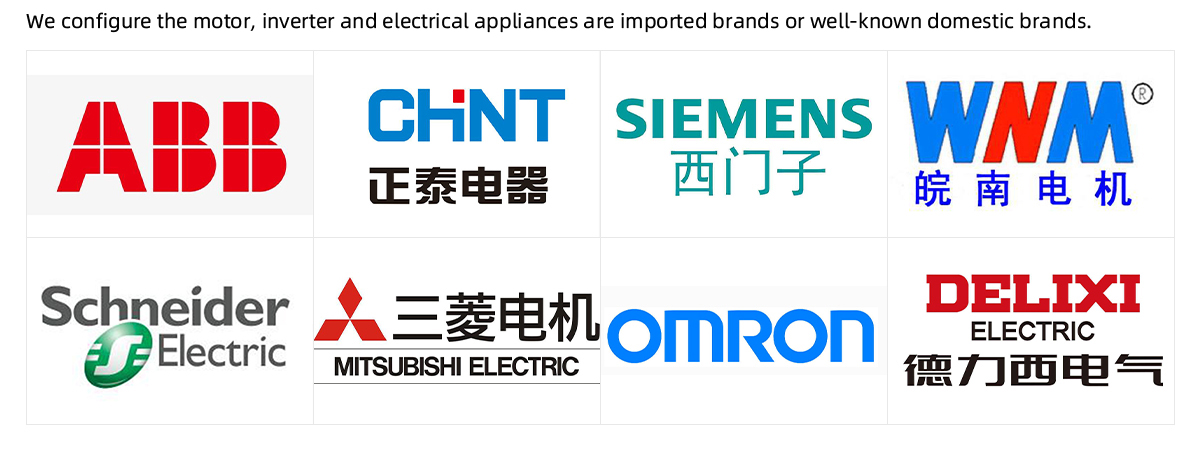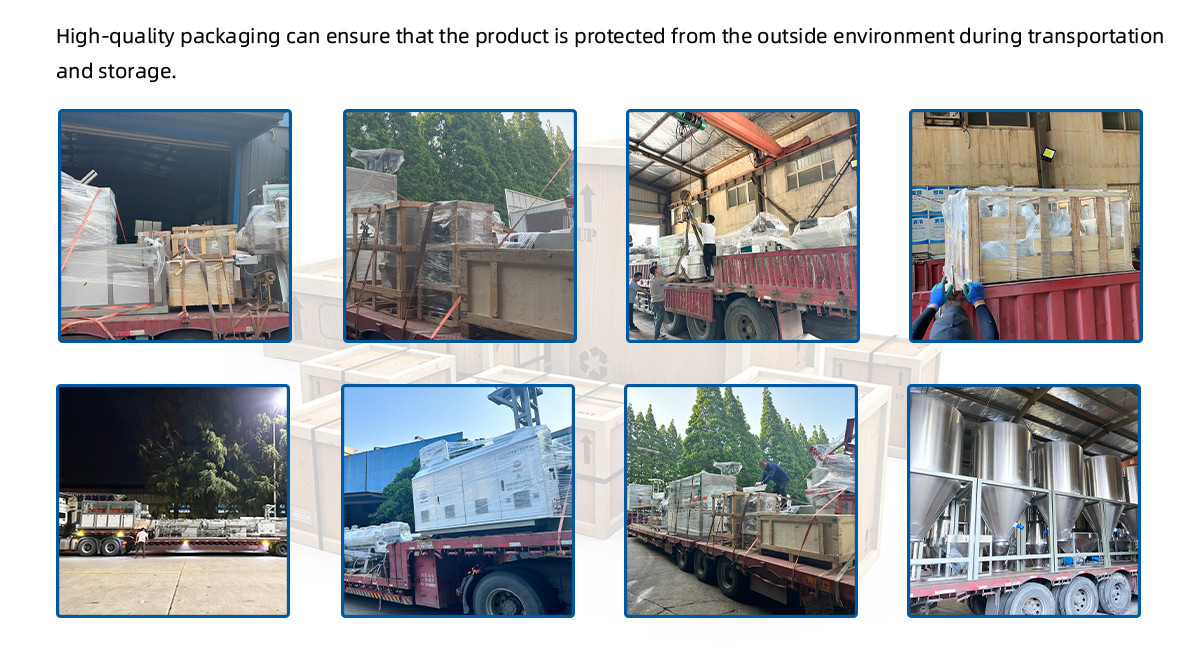1. Extruder: The heart of the extrusion line, the extruder melts the plastic material (usually pellets or granules) and feeds it into the die. The extruder typically consists of a screw mechanism that moves the material through a heated barrel, where it is melted and homogenized before being extruded. 2. Die: The die is responsible for shaping the molten plastic into the desired profile. The design of the die is crucial in determining the final shape and dimensions of the plastic profile. Dies can be customized to create a wide range of profile shapes, such as simple solid profiles or more complex hollow profiles. 3. Cooling System: After the molten plastic exits the die, it is cooled to solidify into its final shape. The cooling system typically uses a water bath or air cooling system to rapidly cool the plastic profile as it moves downstream. 4. Haul-Off Unit: The haul-off unit pulls the extruded profile through the cooling system and ensures that it maintains the proper speed and tension during the cooling and cutting process. It helps to maintain the correct dimensions and prevents warping or distortion. 5. Cutting Machine: Once the profile has cooled and solidified, the cutting machine is responsible for cutting the profile into fixed lengths. The cutting system can be a saw, guillotine, or rotary cutter, depending on the specific requirements of the profile and production speed. 6. Control System: Modern extrusion lines feature sophisticated control systems that regulate temperature, pressure, speed, and other key parameters. These systems ensure consistent product quality, facilitate real-time monitoring, and help optimize the extrusion process. 7. Stacker: Once the profiles are cut to the desired length, they are typically placed onto a conveyor or stacking system, where they are organized and prepared for packaging or further processing. | 































































